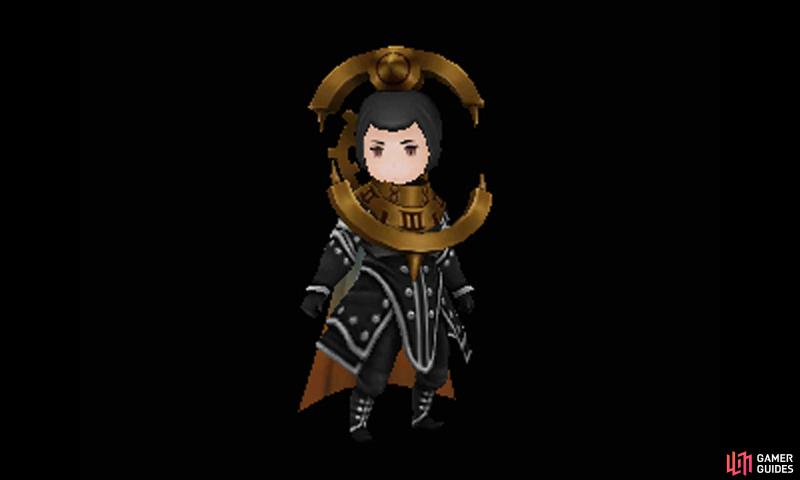

They are mages who have sold their souls to demonic forces or Lovecraftian horrors in exchange for power in this life. The Nephandi are forces of corruption and destruction.

Chaotic and disorganized, the Marauders pursue their own warped agendas to the exclusion of all else. They are mages who have been driven insane by their mind-bending powers, and are consumed by their own individual beliefs. The Marauders, on the other hand, are pure change. They also wish to guide this world from the shadows. They believe in a safe, predictable, static world where everything is understood and controlled, and nothing is left to chance. Depending on edition, they have more or less successfully convinced the unAwakened masses, otherwise known as Sleepers, that magic and the supernatural do not exist and never did. They fight for the extinction of magic and the supernatural (and the belief in magic) and consider their own willworking "awakened science". The Technocracy is a worldwide conspiracy of hyper-rational mages whose paradigm is considered to dominate reality with their belief that science is the ultimate way to advance humanity. This age-old struggle is called the Ascension War wherein the four factions vie for control of reality itself. There are four factions, the Traditions, the Technocracy, the Nephandi, and the Marauders all of whom struggle against one another on all levels of reality from the digital world to the spirit world to the physical world, and even in the world of ideas to covertly persuade the unAwakened masses that their beliefs (also called paradigms) are best. Once Awakened, mages can learn to effect changes to reality via will, beliefs and specific magical techniques, but the differences of how they do this forms the central conflict of the game. Awakening is a mysterious, often traumatic experience, wherein a person's Avatar, a kind of tutelary consciousness or Daemon, "wakes up" within the mage granting them the ability to do magic. The process of this discovery is what mages call Awakening. In Mage: The Ascension players play the role of mages, people who discover they have the ability to shape reality through magic. Onyx Path Publishing released a fourth version, the 20th Anniversary Edition, on September 23, 2015. The first edition of the game was released by White Wolf Publishing on August 19, 1993, at the Gen Con gaming convention they followed it with a second edition in December 1995, and with Revised Edition in March 2000. : 217–218 Mage was the first World of Darkness game that Mark Rein-Hagen was not directly involved with, although it featured the Order of Hermes from his Ars Magica as one of its many traditions. The new game features some of the same game mechanics but uses a substantially different premise and setting as well.įollowing the release of Vampire: The Masquerade, White Wolf Publishing released a new roleplaying game each year for the next four years, all of them set in the same World of Darkness of Vampire, and using its Storyteller rule system: Werewolf: The Apocalypse (1992), Mage: The Ascension (1993), Wraith: The Oblivion (1994) and Changeling: The Dreaming (1995). : 218 Similarly, White Wolf released Mage: The Awakening in 2005 for the new World of Darkness series. Mage was influenced by then White Wolf game Ars Magica, but the two games have different settings and premises. In that regard, most mages do not resemble typical fantasy wizards. A mage's ability to change reality is based on what they believe rather than an objective or static system of magic. Magic in Mage is subjective rather than objective as it incorporates a diverse range of ideas and mystical practices as well as science and religion. The characters portrayed in the game are referred to as mages, and are capable of feats of magic. Mage: The Ascension is a role-playing game based in the World of Darkness, and was published by White Wolf Game Studio in 1993.


 0 kommentar(er)
0 kommentar(er)
